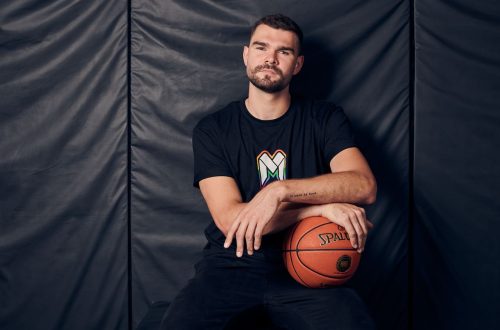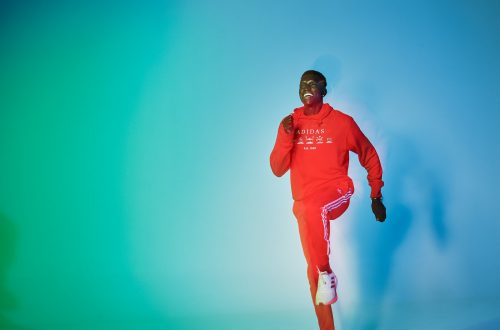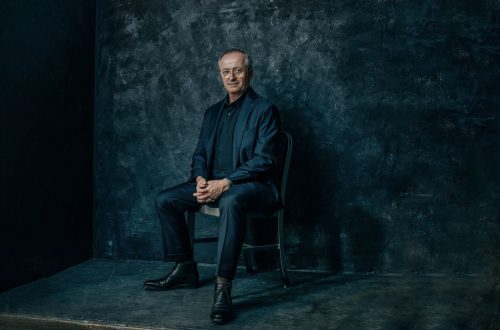It’s the Everest of the wine world: the coveted title of Master Sommelier, achieved by only 249 people around the globe. In the next few months, two from Melbourne will attempt to scale its peak.
*
Dorian Guillon covers the label of the wine bottle, pours a little splash, and carries the anonymous drop into the private dining room where Carlos Santos is waiting. The two men are among the finest wine waiters in Australia. Guillon, a 33-year-old Frenchman with delicate features, is head sommelier at luxe Melbourne restaurant Vue de Monde, while his friend Santos, a tall and impeccably dressed 31-year-old Portuguese man, is the wine director.
Guillon holds a digital timer. He glances up and nods. “Very well,” he says in a curling Gallic accent. “Bey-geen when you are ready.”
Although this exercise is called a blind tasting, sight is in fact the first crucial part of a highly formalised deductive process, and so Santos holds the mystery liquid up to the light. “Bright, clear,” he says, looking for hints of provenance. “Medium straw colour. Some green reflections, no evidence of gas.” He tilts the crystal vessel sideways. “Watery ring. No evidence of particles, sediments. Concentration is medium. Viscosity is medium.” Next he lifts it to his face. His nostrils flare. “The nose is clean. Powerful intensity of aromas. Notes of green, tart fruits. Green apple. A lot of citrus also. Grapefruits, slight orange. Gooseberry.”
He whips the glass with a series of violent circular flicks, and takes another sniff. “Moving on to non-fruit aromas, a lot of florals. Apple blossom, lemon blossom, acacia. But it’s not the main feature of the wine. The main feature of the wine is … ground white pepper? Turnip? A slight herbaceous character.”
Sniff! “Blackcurrant leaf.” Sniff! “Slight asparagus.” Sniff! “High minerality, white chalk, white mushroom. No evidence of oak.”
Santos swigs a big mouthful now, letting it flood his cheeks and drown his tongue. He pouts and sucks air through his teeth, then spits into a silver bucket. “Palate of the wine is dry. Acidity is high. Body is medium. Alcohol is also medium.” His hand waves back and forth like a metronome, grabbing flavour after flavour. “Tart green apple, pear, grapefruit, gooseberry, orange rind, acacia, apple blossom, asparagus, slight nettle, blackcurrant leaf. More herbal than vegetable. No evidence of oak. High minerality, limestone, crushed rock. High complexity and long finish.”
Guillon gives him a one-minute warning. According to the rules of the daunting international test for which Santos is preparing, he only has four minutes and 10 seconds to identify the drop. He gargles, crosses his arms, and nods. “Final conclusion? This wine is from the old world, a fairly cool climate, central France, the Loire Valley, Sancerre, sauvignon blanc, 2015, a ripe warm vintage.”
And he is right. Precisely right. Of the literally hundreds of thousands of wines produced across the world, across decades, Santos has spied, sniffed, sipped and spat his way to the sole acceptable answer. This is what he’s been training for two years to do, and what he will need to do again in a matter of weeks, when he attempts to earn the coveted title of Master Sommelier or “MS” – a rare designation bestowed by a little-known international organisation with a rather grandiose name: The Court of Master Sommeliers.
Click here to read the full story from Good Weekend on August 4, 2018
Photography by Kristoffer Paulsen




